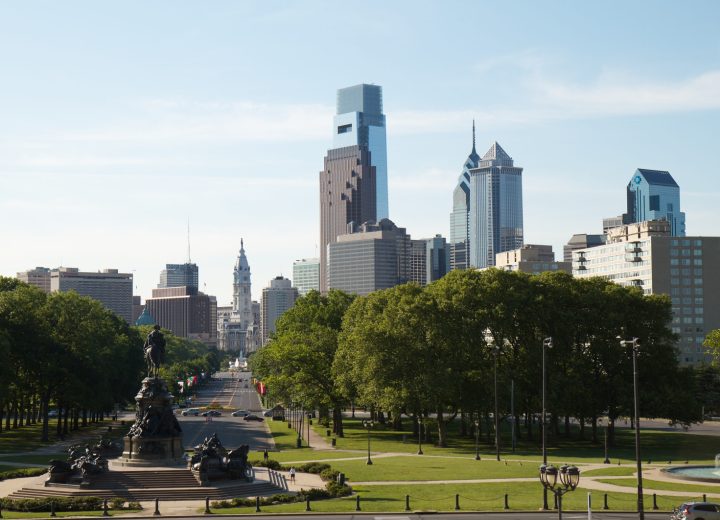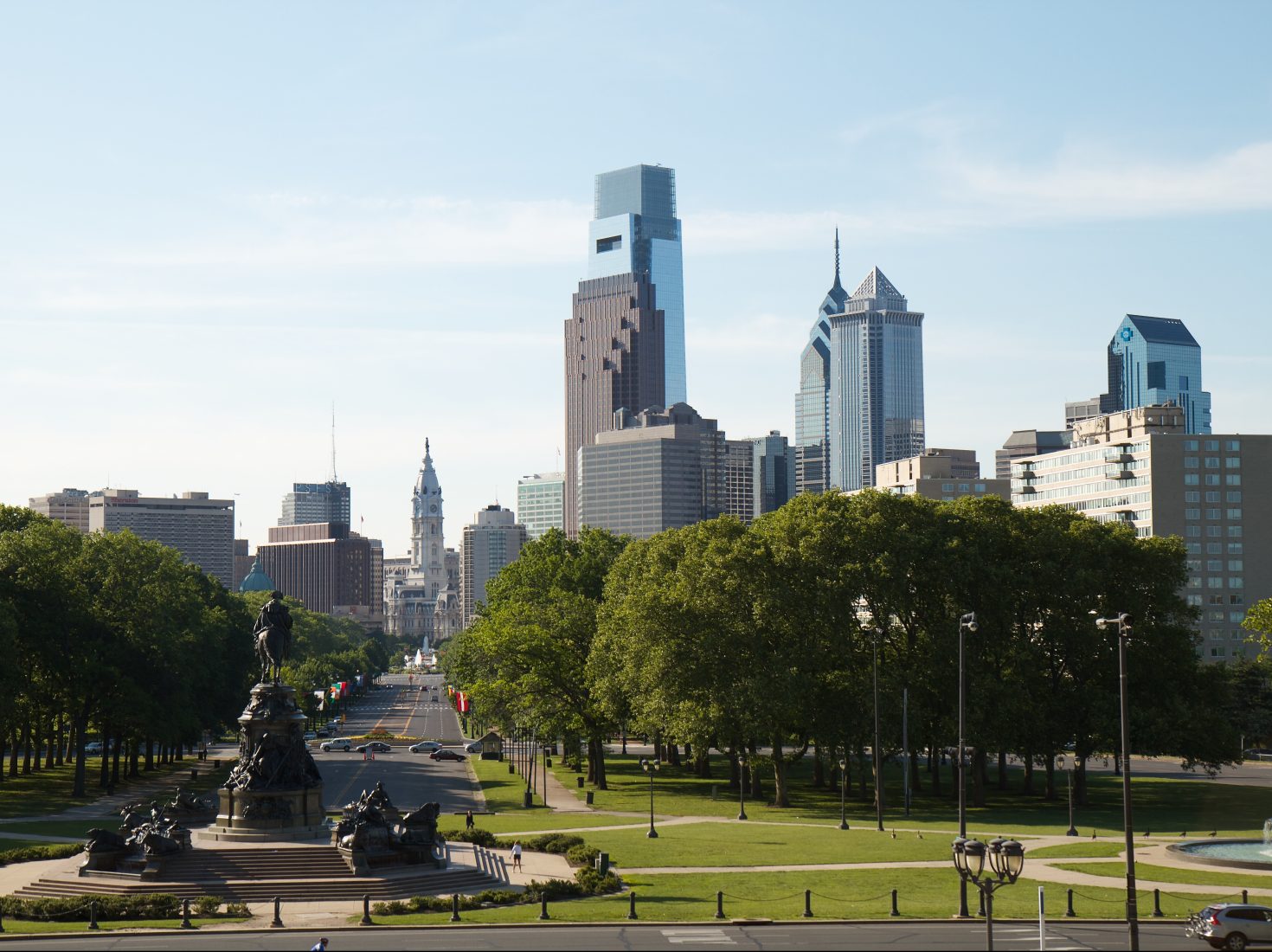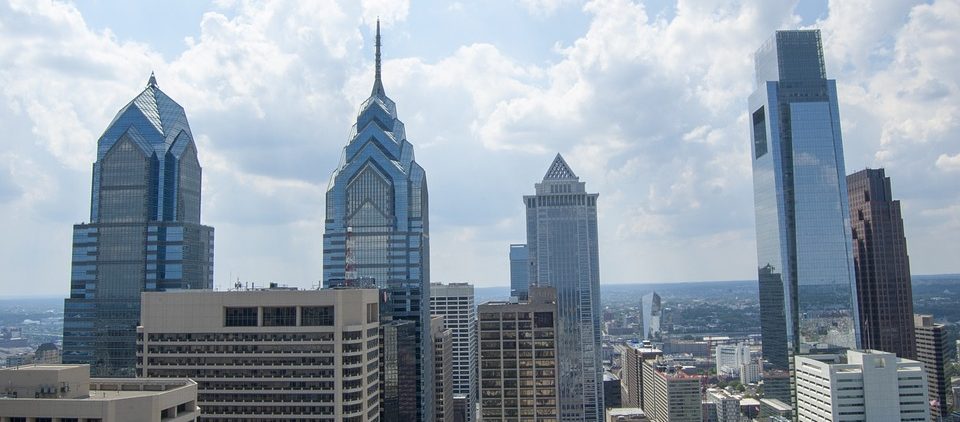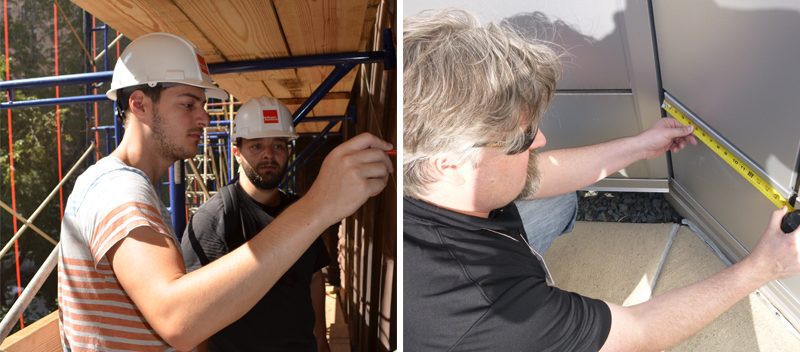Philadelphia’s New Building Energy Tune-Up Law: A Guide for Owners, Managers, and Design Professionals
On December 4, 2019, Philadelphia Mayor Jim Kenney signed into law a “building tune-up” policy addressing one of the city’s biggest sources of carbon emissions: large commercial and institutional buildings.
The ordinance amends the Philadelphia Code, Section 9-3400, requiring non-residential buildings larger than 50,000 square feet to perform regular building inspections and tune-ups to improve their energy efficiency. Philadelphia projects that the policy, the City’s first to require building energy performance improvements, will cut 200,000 metric tons of carbon pollution. The goal is to reduce carbon emissions in Philadelphia 80% by 2050.
What Is Required?
“Tune-ups” of the building’s energy and water systems are mandated by the law, including inspection and corrective action components. Systems include:
- Building envelope,
- HVAC (heating ventilating and air conditioning) systems,
- Conveying systems,
- Domestic hot water systems, and
- Electrical lighting systems.
Inspections and corrective actions cover:
- Outside air control, including calculation of ventilation requirements, measurement of actual ventilation rates, and determination of optimal ventilation delivery and control;
- Design issues leading to high energy use, such as missing insulation, large leaks, and unbalanced systems;
- Optimization of sensors, set points, schedules, and equipment controls for efficient operation;
- Lighting, including identification of outdated technologies, over-lit spaces, and areas needing lighting controls;
- Plumbing system maintenance;
- Energy and water bill data analyses; and
- Common maintenance items that impact energy usage.



